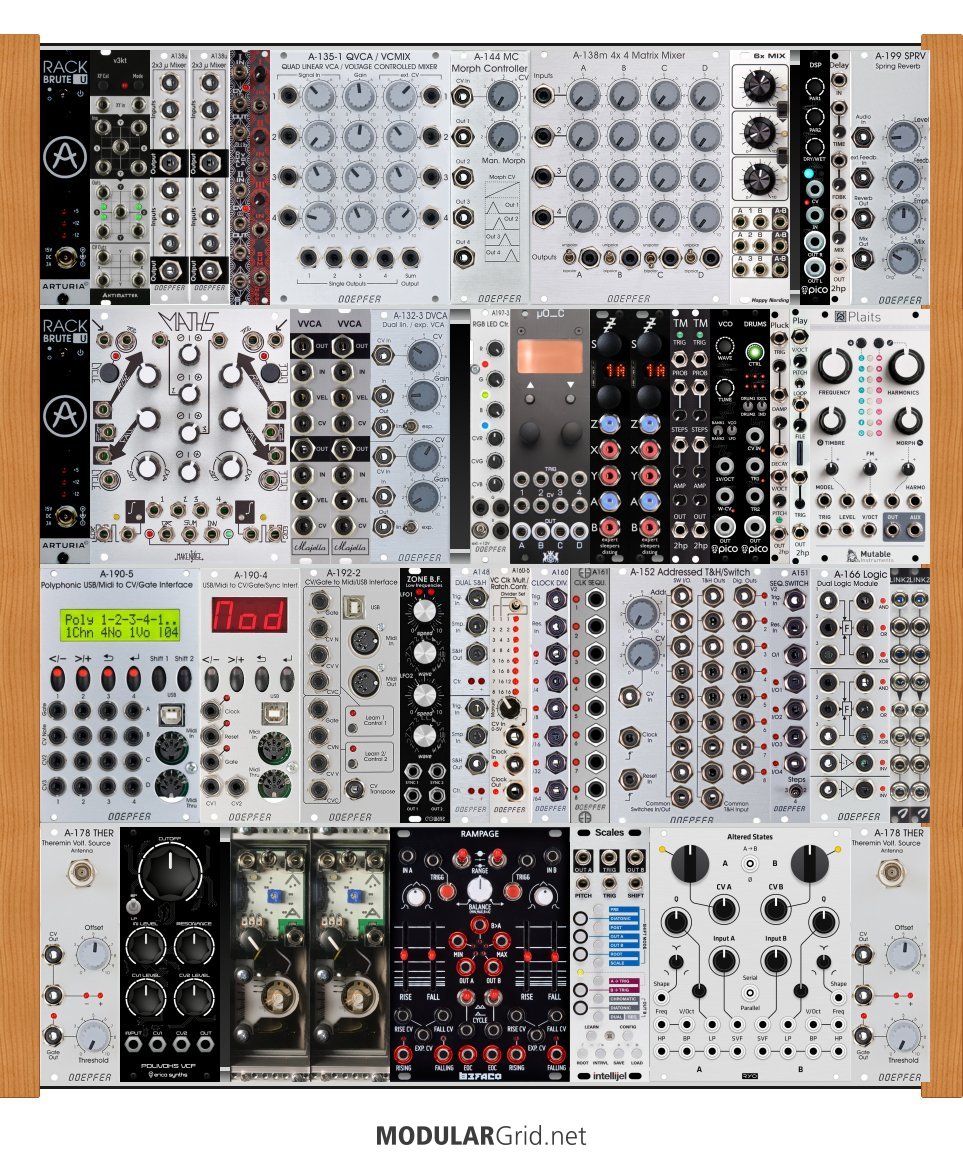Generally a good idea, however I am not sure about your heuristics. Medium-sized and big racks often will employ one type of module several times. That's certainly true for mults and VCAs, but also for bigger modules such as Maths.
Now, if someone builds his rack over time, there is a chance, that the original module he used is no longer available, so he will add another, functionally equivalent module later (or switch to DIY modules because the original budget has been used up). Also, there are certainly people who like to experiment with various modules, and by intention would buy, let's say, a Rampage, instead of a second Maths (as I did). That strategy also has a practical advantage: by employing similar modules of different vendors, you can replicate the basic common features, but at the same time, you have always the choice to use features specific to Maths or Rampage, should you need them.
So the heuristics you propose needs to be extended, somehow, or maybe replaced by a possibility for users to manually propose similar modules, ideally with a field to describe similarities and differences of the two modules (that would be really useful to make educated decisions before buying)
Cheers


